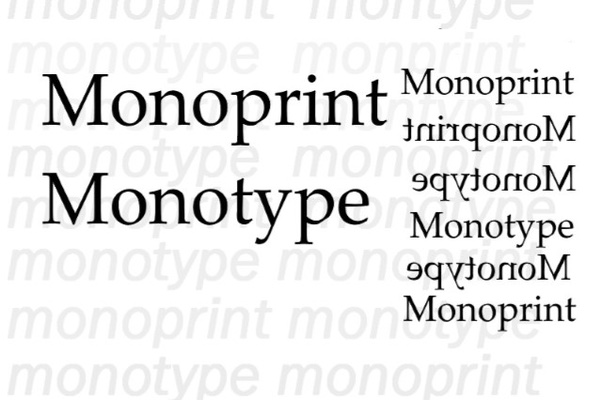Monoprint, Monotype, Strappo
the Unique Mark Making Arts
By Press Arts Editor Donald Koldberg
[dropcap]I[/dropcap] have recently had the opportunity to develop a project that I think addresses an undervalued part of the art world. Monoprint-Monotype.com is that endeavor, along with a quarterly online magazine.
I believe it is important to provide a venue for the unique form of art of monoprints and monotypes. Since the 1640’s when Giovanni Castiglione printed the images he drew into inked metal plates, through the prolific experiments in monotypes at the end of the nineteenth century by Degas now in a show at the Museum of Modern Art to modern works by Matisse, Picasso, Richard Diebenkorn and Jasper Johns who has a show at the Matthew Marks gallery, artist have consistently rediscovered monoprints and monotypes. So I created a matrix as open as the imaginations of the artists it supports. To that end the site will explore the work of emerging, established and surprising artists from around the world. They will be presented on Monoprint–Monotype.com and in our on-line magazine. So if you are an artists working in these unique forms contact me at Donald@monoprint-monotype.com for more information as to how you can be featured.
The easiest way to understand the difference between a Monoprint, a Monotype and a Strappo is to understand the underlying block or matrix.
Monoprint
When beginning a Monoprint, permanent marks are produced on the surface and/or into the surface. This creates a common feature on successive works. But there would be an endless variation of images according to the application of medium, (paint, ink, chalk), and whether additional collage elements are added.
Monotype
A Monotype on the other hand is created on a smooth surface. Similar to monoprinting, a variety of mediums and elements can be incorporated on the surface. But there are no permanent features that transfer to successive works. Once the image is transferred, except for the occasional ghost print from excess medium, the surface is freed from the created work of art and the chosen surface now holds the art work.
Strappo
A Strappo is a dry image transfer technique that has been recognized as a specific printmaking monotype procedure by the New York Metropolitan Museum of Art, and a sample Strappo is in the print library collection. A Strappo is a combination of painting and printing. They are a monotype from a reverse painting resulting ia a dry acrylic transfer. developed a smooth surface such as glass.

